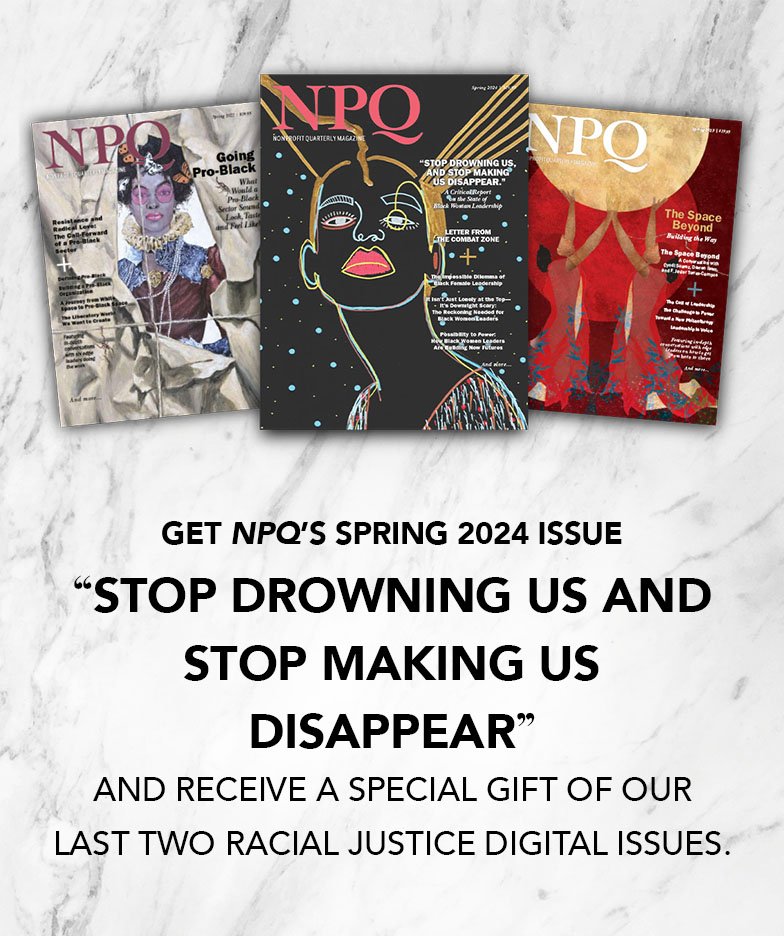
Nonprofit culture is not a “soft” component of an organization; it is the final word, the informer of action or inaction. When it has been left victim to inattention, it can wreak havoc by creating doubt and suspicion, by enabling laxness, dishonesty and a deadly lack of accountability. You can feel it palpably when disagreements surface. How are they dealt with? Is the organizational dance in the face of challenge a sidestep, or an aggressive implied or real threat? In the worst of situations, these attitudes and habits build on one another until the result is nothing less than bizarre.
A negative culture almost always organizes itself around secrets that must not be revealed. And, when that culture is deeply entrenched, trying to reveal the hidden can be like taking your professional life—or even your physical life—in your hands.
A series of recent stories in the New York Times and other media chronicled the closing of the Healing Arts Initiative (HAI), a New York City nonprofit which began as Hospital Audiences, Inc., and made the arts accessible to millions of isolated and marginalized people. Moreover, HAI spawned a number of organizations with similar missions, including one called Artreach, which I helped to create and served as executive director in Milwaukee, Wisconsin—so this is a tragedy that especially hits home for me.
If you haven’t seen the stories, HAI hired a new executive director, D. Alexandra Dyer, in 2015. She uncovered what prosecutors say was at least a $750,000 embezzlement scheme carried out by one of its employees over nearly three years. After questioning the employee about missing funds, Ms. Dyer was viciously attacked by an associate of the employee who threw liquid drain cleaner in her face.
The employee has since been charged with multiple crimes, including first-degree assault, conspiracy, grand larceny, weapons possession, falsifying business records, and forty-eight counts of identity theft. She’s being held without bail and faces up to twenty-five years in prison. A friend, who prosecutors say received over $100,000 of the stolen funds, has been charged with grand larceny and conspiracy and faces up to fifteen years in prison.
Though Ms. Dyer survived the attack, her face was described in the Times as a “pinkened map of scar tissue.” After resuming her duties as HAI’s executive director, she filed a lawsuit against the board of directors, seeking their removal on behalf of the charity because board members let the thefts happen on their watch.
Sign up for our free newsletters
Subscribe to NPQ's newsletters to have our top stories delivered directly to your inbox.
By signing up, you agree to our privacy policy and terms of use, and to receive messages from NPQ and our partners.
However, on May 6th, the board fired Ms. Dyer and the financial officer she hired who helped uncover the embezzlement scheme. Then, in what could be the final act of an organization that brought the joy and healing power of the arts to millions of marginalized and isolated people over forty-five years, HAI shut down on May 11th and is expected to declare bankruptcy.
“If the board thinks that by firing Alexandra Dyer, who uncovered the thefts, and by putting HAI into bankruptcy, they will thwart the investigation into their incompetence, they are sadly mistaken,” Ms. Dyer’s attorney said in response.
The sequence of events culminating in shutting down the Healing Arts Initiative suggests a nonprofit culture where basic concepts of oversight, accountability, and responsibility were not exercised by either the professional or volunteer leadership. Although some elements of nonprofit culture are in an organization’s DNA, other aspects of culture are developed consciously, and both types have to be reinforced over time.
One of the ways to reinforce a nonprofit culture of accountability is, of course, to build systems of accountability at board and staff levels. But unless you want a mere compliance culture, which holds its own dangers, those have to be backed up by something larger: a collective longing for integrity that welcomes challenges and is in constant improvement mode. This gets reflected in staff accountability measures and the board’s oversight of finances and leadership, two measures that seemed to have been largely missing from the HAI scenario.
My hope is that the tragedy at HAI will motivate every nonprofit board member and executive to take a good look at their organization’s culture and ask whether the right systems and procedures are in place to reinforce and restate principles of practice with enough frequency and from enough participants (staff, board, constituents) that they become a positive informant of action. This is what ensures integrity and trustworthiness, and we should expect nothing less of ourselves.










